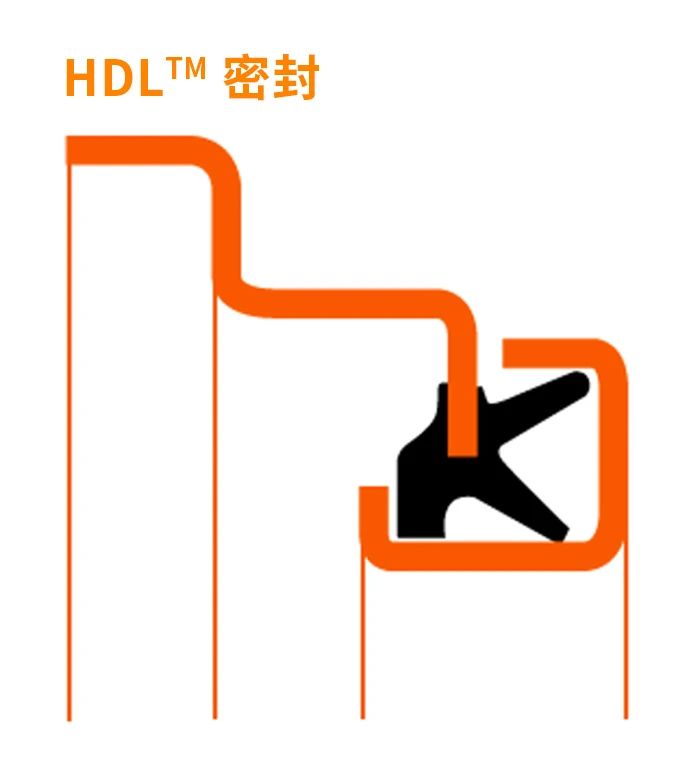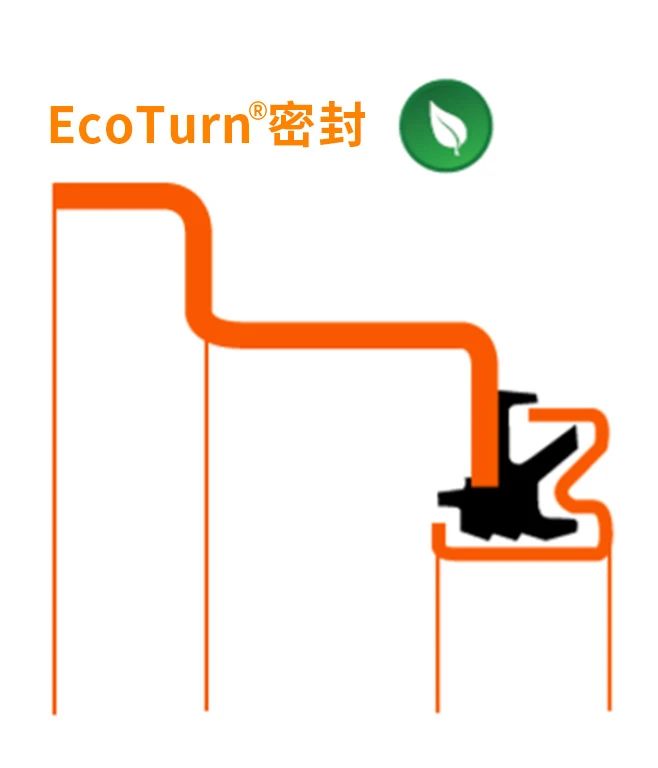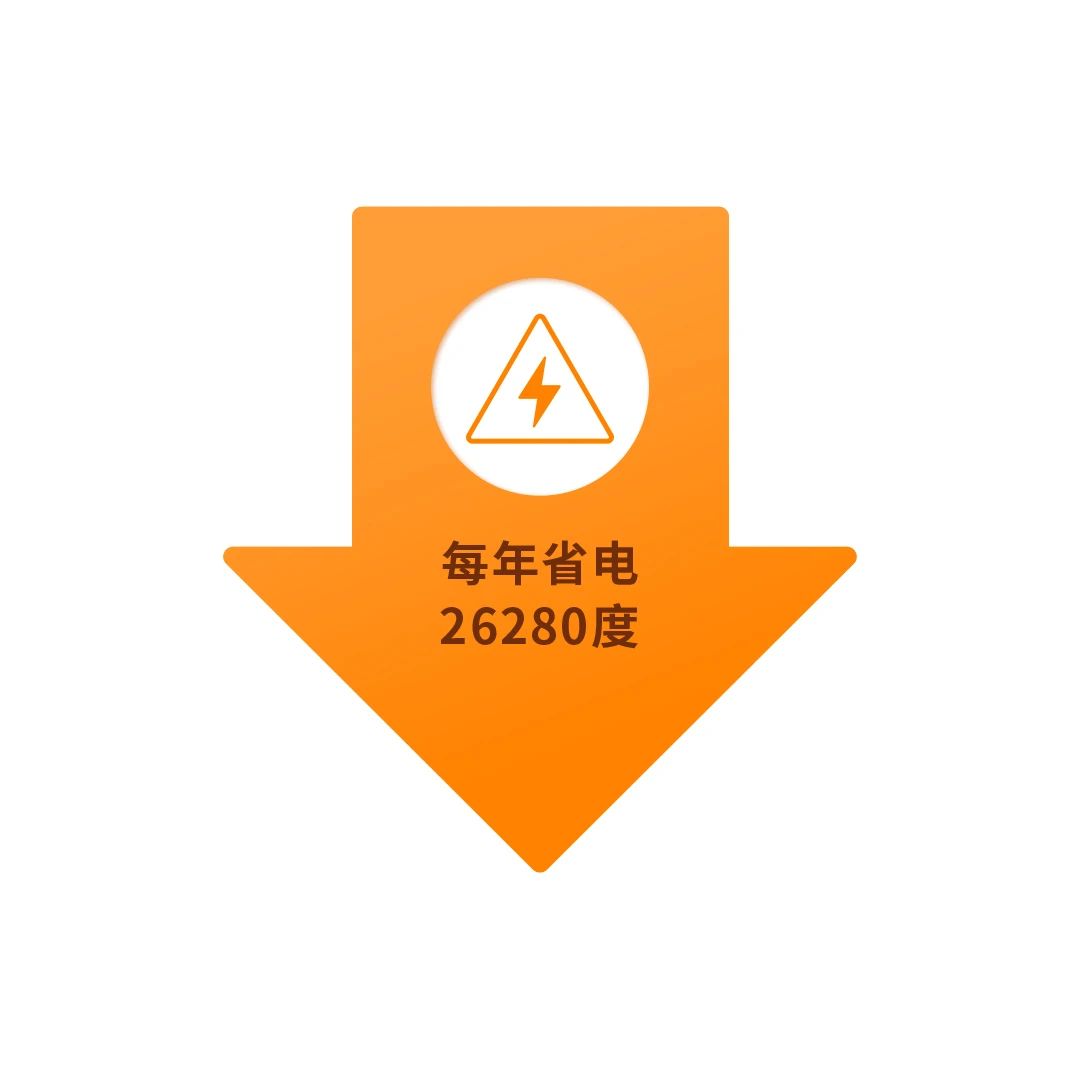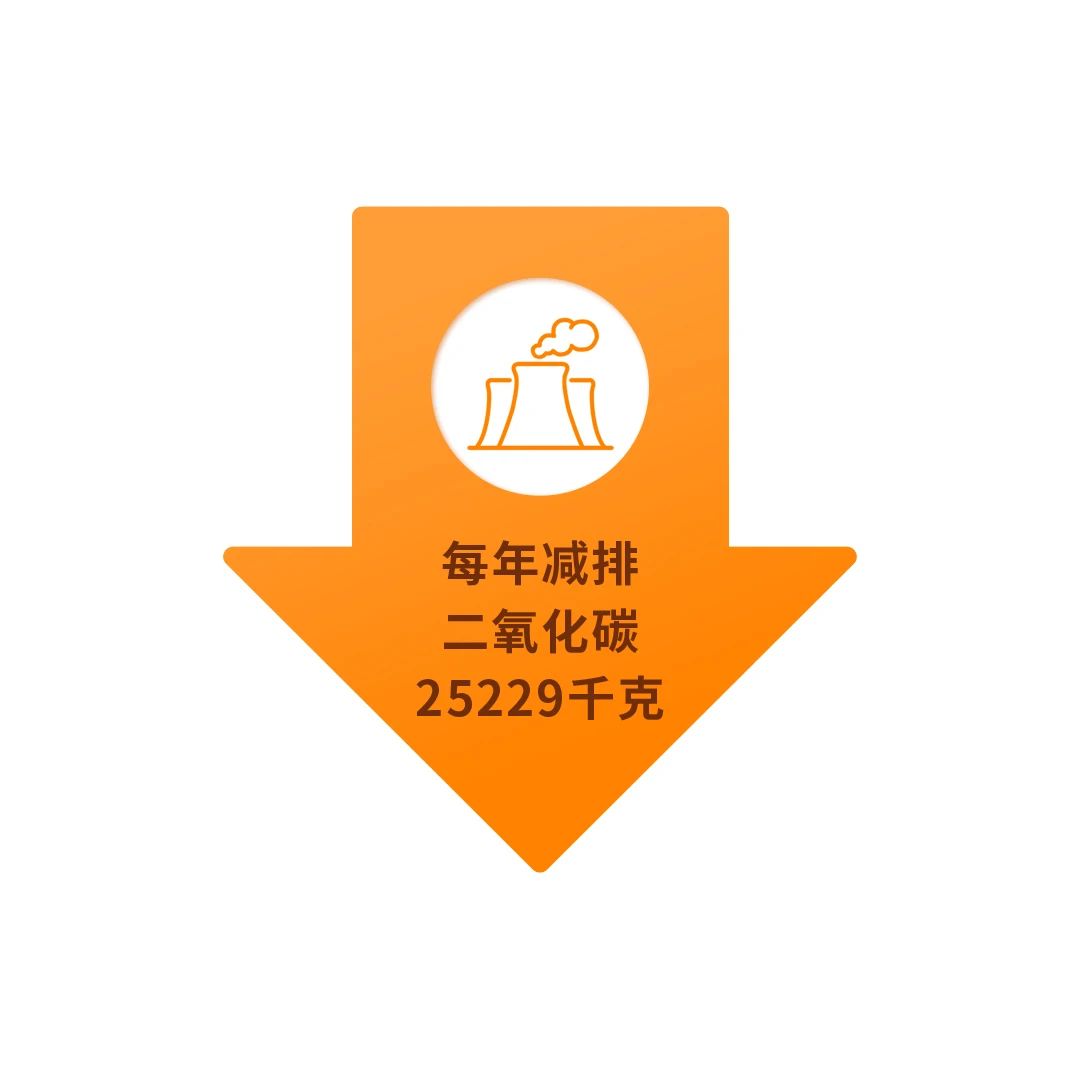With the booming development of various transport fields, railway still occupies an important position in long-distance transport by virtue of its energy-saving advantages. Whether it is heavy freight or high-speed passenger transport, the overall performance and safety and reliability of rolling stock are increasingly demanding. One of the most critical components is the axlebox bearing. As the ‘heart part’ of the bogie, the axlebox bearings carry the weight of the whole vehicle and ensure its smooth rotation, which is the most important thing.
Timken, with a history of 125 years, takes innovation as the core, constantly leads the innovation of bearing technology, shoulders the important responsibility of railway development, and promotes the continuous progress of the rail transport field.
Innovation 1: Breaking through the ‘hot shaft’ test
Timken®APTM bearings
In rail transport, abnormally hot bearings are a potential safety hazard, presenting both operational hazards and costly problems. To meet the challenge of ‘hot shafts’, Timken introduced the revolutionary Timken®APTM bearing in 1954. This pre-lubricated, self-sealing bearing unit quickly became the dominant bearing unit in the marketplace, replacing conventional sliding axlebox bearings, and was unconditionally certified by the Association of American Railroads (AAR) in 1970. Certificate No. 1-A.
Timken®APTM bearing
This bearing is named after the initials ‘AP’ for ‘ALL PURPOSE’, symbolising its ‘all-purpose’ nature. Since its invention, Timken®APTM bearings have been widely used in railway passenger and freight cars, and have become a classic of railway axlebox bearings.

Innovation Two: Meeting the ‘Heavy Duty’ Challenge
Timken®AP-2TM bearings
As rail freight becomes more heavily loaded, the durability of bearings becomes more demanding. To meet this challenge, Timken introduced the revolutionary compact design of the AP-2TM bearing in 1994, which effectively reduces journal bending, reduces micro-vibration wear between bearing components, and at the same time reduces the occurrence of customer axle groove wear, which is able to better cope with the challenges brought about by high loads.
AP-2TM Bearing
AP-2TM bearings are ‘lighter’ while carrying heavy railway loads. By reducing the number of bearing components and reducing the weight of the bearing, it has become a new generation of railway bearing design and industry standard that is widely used around the world.

Innovation 3: Responding to ‘Energy Saving’ Policies
Timken® EcoTurnTM Seals
In addition to the bearings themselves, Timken has also been committed to the innovative development of key components for railway bearings, and in 2008 Timken introduced the EcoTurnTM non-contact seal with ultra-low torque and temperature rise, based on the HDLTM seal. With zero torque, low operating temperatures and improved energy efficiency, this seal was ranked among the top 100 innovations by leading industry magazine R&D.


Thanks to the non-contact design, the use of this seal avoids wear and tear of the seal and reduces the running torque of the bearings, which in turn lowers the axle running temperature and reduces the chance of axle temperature alarms. At the same time, it saves operators a lot of energy and reduces carbon emissions, better responding to the national and global policy of energy saving and environmental protection.
Tips: Calculation of energy saving and emission reduction effect
Tests have proved that after a single APTM bearing is sealed with EcoTurnTM, the friction torque is reduced by an average of about 2.26 N.m. Taking an ordinary metro train (6-car formation) as an example, running 12 hours a day can save about 26,280 kWh of electricity in a year, which is equivalent to the electricity consumption of a person for 4 years and 4 months (the data is sourced from the statistical data of the National Energy Administration). In addition, this is equivalent to a reduction of 25,229kg of carbon dioxide emissions, which is about the carbon emissions of 5.5 traditional fuel cars in a year. (Source of data from ESG Weekly published by Caixin: How Much Has New Energy Vehicle Emission Reduction Actually Been Reduced in the Age of Electrification?) .


Innovation 4: Adaptation to ‘severe’ working conditions
Unique material formula and stable heat treatment process
Frequent acceleration and deceleration, vehicle vibration, wheel-rail impact and other severe working conditions are unavoidable in the operation of railway coaches or subways. To meet these challenges, Timken® APTM and AP-2TM bearings are manufactured using Timken’s proprietary material formulations and a carburising heat treatment process that strengthens the inner and outer rings and rollers.
The bearings produced by this process not only have high load carrying capacity, the inner and outer rings and rollers are hard on the surface and soft at the core, which significantly improves the toughness and impact resistance of the bearings, while maintaining excellent wear resistance, preventing the formation of early cracks, extending the service life of the bearings and effectively reducing the operating costs of customers.
Tapered roller bearings were first used in railway wagons in 1923, giving Timken its debut in the field of rail transport; the introduction of the Timken®APTM series of bearings in 1954 highlighted our continuous pursuit of product excellence. For more than 100 years, Timken has consistently innovated to provide the rail industry with leading bearing solutions, consistent and reliable product performance, and superior engineering services.